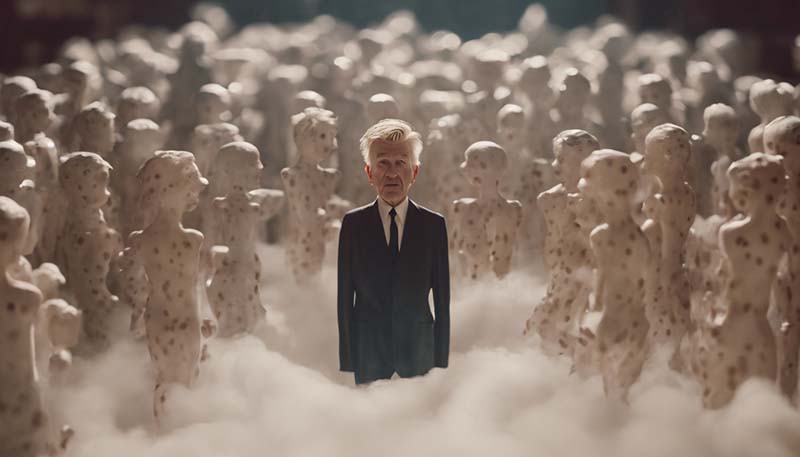The Surreal Cinema of David Lynch: A Journey into the Subconscious
The Surreal Cinema of David Lynch: A Journey into the Subconscious
David Lynch, an American filmmaker, is renowned for his surreal and enigmatic approach to cinema. His work often delves into the subconscious, exploring the darker corners of the human psyche. This article aims to provide an in-depth analysis of Lynch's surreal cinema and its impact on the film industry and our understanding of the subconscious mind.
Introduction
David Lynch's films are characterized by their dreamlike narratives, striking visuals, and haunting soundtracks. His unique style has earned him a dedicated following and a significant place in the history of cinema. To truly appreciate Lynch's work, it is essential to understand the themes and techniques he employs to create his surreal worlds.
The Subconscious in Lynch's Cinema
Lynch's films often serve as a window into the subconscious mind, revealing the complex and sometimes disturbing realities that lie beneath the surface of our everyday lives. By examining his films, we can gain insight into the workings of the subconscious and its impact on human behavior.
Dreams and Reality
One of the most prominent themes in Lynch's work is the blurred line between dreams and reality. Films such as Mulholland Drive and Lost Highway present narratives that are difficult to decipher, leaving viewers questioning the nature of the events unfolding on screen.
Advertisement
Symbolism and Metaphor
Lynch's films are filled with symbolic imagery and metaphors that serve to convey the complexities of the subconscious mind. These symbols often represent deep-seated fears, desires, and emotions that are otherwise difficult to express.
Visual and Sound Design
The visual and sound design in Lynch's films play a crucial role in creating the surreal atmosphere that defines his work. From the eerie lighting in Eraserhead to the industrial soundscapes of Blue Velvet, these elements work together to immerse the viewer in the film's subconscious world.
Key Films in Lynch's Surreal Cinema
While all of Lynch's films can be considered surreal, some stand out as particularly noteworthy in their exploration of the subconscious:
Eraserhead (1977)
Eraserhead is Lynch's first feature film and a prime example of his surreal style. The film tells the story of a man named Henry Spencer, who is confronted with the harsh realities of parenthood after the birth of his deformed child. The film's nightmarish visuals and industrial soundtrack create a sense of unease and discomfort, reflecting the turmoil within Henry's subconscious mind.
Mulholland Drive (2001)
Mulholland Drive is a neo-noir mystery film that follows the story of an aspiring actress and an amnesiac woman as they navigate the dark underbelly of Hollywood. The film's nonlinear narrative and surreal dream sequences challenge the viewer to question the nature of reality and the characters' true motivations.
Blue Velvet (1986)
Blue Velvet is a psychological thriller that explores the duality of human nature. The film follows the story of a young man named Jeffrey Beaumont, who becomes entangled in a dangerous investigation after discovering a severed ear. The film's vivid color palette and contrasting themes of innocence and corruption highlight the complexities of the subconscious mind.
Conclusion
David Lynch's surreal cinema has left an indelible mark on the film industry and our understanding of the subconscious mind. Through his dreamlike narratives, symbolic imagery, and innovative visual and sound design, Lynch invites viewers to explore the hidden depths of the human psyche. His work serves as a testament to the power of cinema to challenge our perceptions and expand our understanding of the world within.
